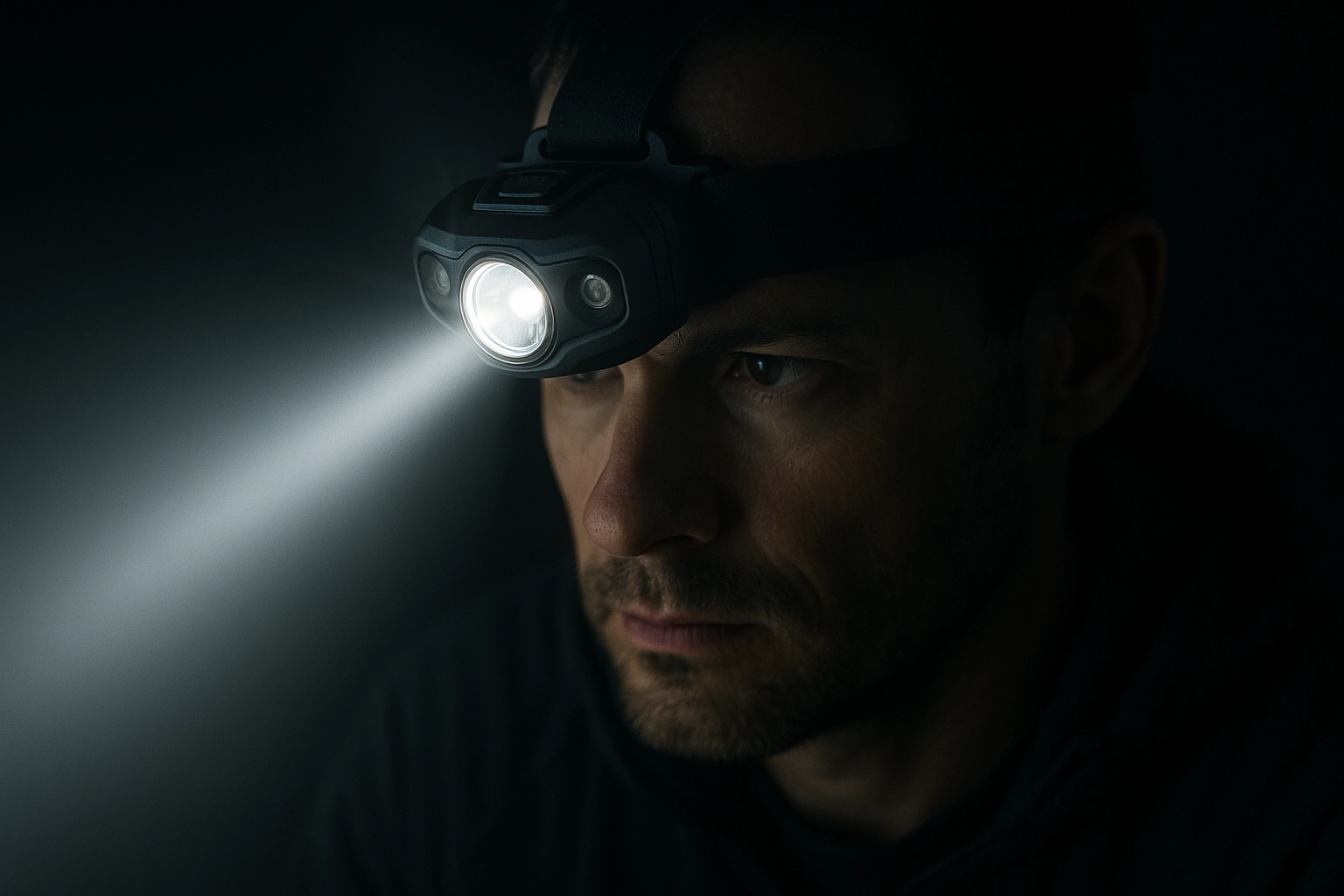GB 19152 – Adaptive Headlamp System Testing
The GB 19152 standard is a critical requirement for manufacturers of automotive headlamps in China. This test assesses the performance and safety of adaptive headlight systems, which are designed to enhance visibility by adjusting their aim based on driving conditions such as road curvature and speed. The standard ensures that these advanced lighting systems meet stringent performance criteria under various operational scenarios.
The testing process involves simulating real-world driving situations using controlled environments. This includes testing the system's ability to respond accurately to changes in the vehicle’s steering angle, its speed, and external factors like oncoming vehicles or pedestrians. The goal is to verify that adaptive headlamps provide adequate visibility while minimizing glare for other road users.
The standard specifies detailed requirements for both the hardware components of the lighting system and their software algorithms. It also sets out specific metrics for evaluating performance, including the accuracy of the light beam adjustment, the smoothness of transitions between different driving modes, and the overall effectiveness in improving nighttime visibility under various conditions.
Compliance with GB 19152 is essential for manufacturers aiming to enter or maintain a presence in the Chinese market. Failure to meet these standards can result in significant legal and financial consequences, including product recalls and potential penalties from regulatory bodies.
The testing process typically involves several stages. Initially, technicians calibrate the test equipment to ensure accurate measurements throughout the assessment. This is followed by multiple rounds of adaptive headlamp system operation under predefined scenarios. Data collection occurs continuously during these tests to capture all relevant performance indicators.
An essential aspect of GB 19152 testing is the evaluation of how well the system performs across different road conditions and lighting environments. For instance, it checks whether the headlights can adjust correctly in urban settings with frequent changes in direction compared to rural roads where straight lines predominate. Additionally, the test assesses the system’s ability to handle adverse weather conditions like rain or fog effectively.
Manufacturers must also consider the long-term reliability and durability of their adaptive headlamp systems when designing products that comply with GB 19152 standards. Regular maintenance and updates are crucial for ensuring continued compliance over time, as technology continues evolving rapidly within this field.
In summary, GB 19152 testing plays a vital role in guaranteeing the safety and effectiveness of adaptive headlamp systems used in modern automobiles. By adhering to these rigorous standards, manufacturers can ensure that their products meet both regulatory requirements and consumer expectations regarding nighttime driving safety and convenience.
Industry Applications
The application of GB 19152 testing extends beyond mere compliance with local regulations; it serves as a benchmark for quality assurance in the automotive industry. Quality managers rely on this test to ensure that the headlight systems they produce meet international standards, thereby enhancing customer satisfaction and brand reputation.
Compliance officers benefit from GB 19152 testing by using it as part of their broader strategy to manage risks associated with non-compliance issues. By ensuring adherence to these stringent requirements early in the product development process, companies can avoid costly recalls and potential legal actions later on.
R&D engineers find value in GB 19152 testing because it provides them with valuable data about how different aspects of adaptive headlamp design affect overall performance. This information helps guide future innovations aimed at improving nighttime visibility while reducing glare for other drivers.
For procurement teams, GB 19152 testing offers a reliable method for evaluating suppliers’ capabilities in producing high-quality components and assemblies that will integrate seamlessly into finished vehicles. By specifying this test as part of their supplier evaluation criteria, companies can ensure they are working with partners who share similar quality standards.
Overall, the application of GB 19152 testing supports a holistic approach to automotive lighting design and manufacturing, focusing on both functional performance and safety considerations.
Why Choose This Test
- Comprehensive evaluation covering all critical aspects of adaptive headlamp systems
- Affordance of data that supports continuous improvement in product design and development
- Ensures compliance with mandatory regulatory requirements, facilitating market access
- Promotes safer nighttime driving by enhancing visibility while minimizing glare to other road users
- Provides robust evidence for defending against potential legal challenges related to non-compliance
The GB 19152 test stands out among others due to its comprehensive approach. It evaluates multiple parameters including light distribution patterns, beam positioning accuracy, transition dynamics between different driving modes, and the overall impact on driver comfort and safety.
By participating in this rigorous testing process, manufacturers gain valuable insights into areas where improvements can be made. This knowledge enables them to refine their designs iteratively until they achieve optimal results that satisfy both regulatory bodies and end-users alike.
Use Cases and Application Examples
- Nighttime Driving on Curvy Roads: In this scenario, the adaptive headlamp system adjusts its aim rapidly to follow the curves of the road. This ensures that drivers can see clearly ahead without experiencing blinding effects caused by improper beam positioning.
- Oncoming Traffic Situations: During encounters with opposing vehicles, the system intelligently reduces the intensity or shifts the focus away from direct paths toward peripheral areas to prevent glare from interfering with visibility for either driver.
- Pedestrian Detection Scenarios: When approaching pedestrians at intersections or crosswalks, adaptive headlamps may reduce power output or alter their angle slightly to avoid excessive brightness levels that could cause discomfort or distraction.
In addition to these examples, there are numerous other potential applications for GB 19152 testing. These might include urban environments where frequent changes in direction occur due to complex road layouts, rural roads characterized by long stretches of straight lines interspersed with sharp turns, and various weather conditions such as rainstorms or foggy mornings.
These diverse scenarios highlight the versatility and importance of GB 19152 testing in ensuring that adaptive headlamp systems perform reliably under all circumstances. Manufacturers who invest in thorough testing early on reap benefits throughout their product lifecycle, from initial design phases through final production stages.





